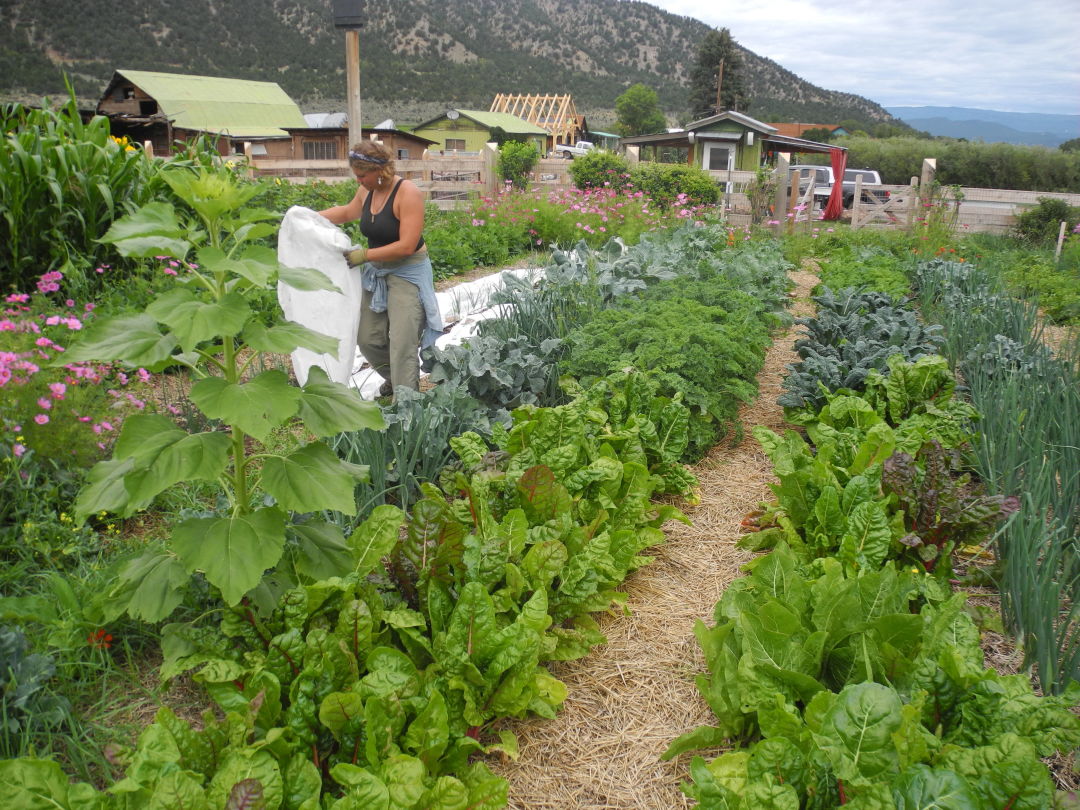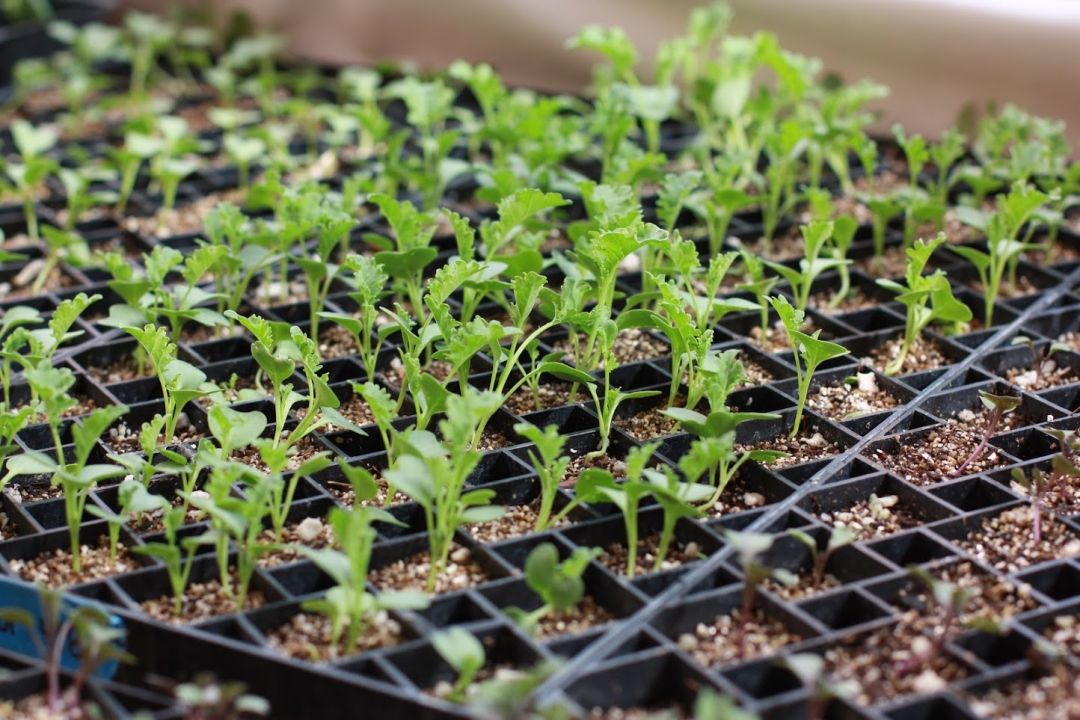Top Tips for Gardening in the High Country

Does your garden look this good?
Beautiful gardens abound throughout the valley, but for every success story, you’ll hear talk of late frosts, short growing seasons, and low yields. Raising delicate vegetables and herbs at higher elevations presents a challenge.
According to Alyssa Barsanti, agriculture manager at the Aspen Center for Environmental Studies' Rock Bottom Ranch, and Rose LeVan, cofounder with husband Brook of Sustainable Settings, growing a successful vegetable crop at 6, 7, or 8,000 feet above sea level requires more planning than simply tossing seeds in the ground as you would in a warm, humid environment. Our climate and elevation presents burgeoning green thumbs with elements like intense UV rays, low humidity, and high winds. Keep reading for proven tips on reaping bountiful harvests.
Shorter Growing Season
The number of frost-free days is what gardeners and farmers consider when selecting crops and deciding when to plant them. This varies from year to year, but, depending upon where in the valley you live, you could be without frost from mid-May to mid-September. Then again, you may only have from early June to the end of August. When compared to someplace like Raleigh, North Carolina, which has an average frost-free window from early April to the end of October, it’s a big difference.
Barsanti recommends beginning seeds inside to get a head start. You don't need anything fancy—egg cartons or small peat pots on your windowsill will do. Once the ground is workable (and no longer frozen), “harden off” plants by bringing them outside for increasingly longer periods of time over a week to let them adjust to the temperature before you actually put them in the ground. “You can grow a ton of things here if you’re strategic about it," she says. "Potatoes, kale, salad greens, cauliflower, and broccoli are all cold hardy and do well. Don’t get intimidated by the long winters.”
You also need to be resourceful, notes LeVan. “Use any buildings in your yard to buffer heat. They help hold warmth. You can grow basil, herbs, tomatoes, and other heat-loving crops near your house.”

At higher elevations, start seeds inside for better health and productivity.
Image: Courtesy: Rock Bottom Ranch
Solar Power
“One thing people don’t think about is how intense the UV is at our elevation,” says LeVan, who uses a fabric grow cover to protect plants. “By midday the sun is pounding down, and it is especially hard on leafy greens.”
At Sustainable Settings, they cover plants with the grow cover in the middle of the day and remove it in the afternoon when rays are more gentle. “It’s a good way to give plants a boost, especially when they are little,” LeVan says. “If you can baby them a little bit when they are young, they will be stronger going forward.”
Dry Conditions
LeVan also uses the fabric cover to create a more humid microclimate for her plants, which helps them thrive in our arid environment. The fabric helps hold moisture in the soil, which would otherwise bake and dry out when pounded by the sun.
Wind
After a microburst of wind, drive around the valley and you'll likely see downed trees, branches, and other damage; consider those effects when planting a garden. LeVan suggests planning ahead and getting trees in the ground as soon as possible if you own your property. Just be sure they won’t eventually shade your garden. Fences also help. So does a fabric cover, as long as you have it well anchored. You can’t have too many wind blocks here, says LeVan, who is in the process of repairing a wind-damaged greenhouse.
Not sure where to begin? Stop by Sustainable Settings or Rock Bottom Ranch to see their operations, or the Farm Collaborative (formerly Aspen Tree) for home garden models. Also check out Wild Mountain Seeds in Carbondale—their products are bred to be more resilient in mountain weather.
Community Gardens in the Roaring Fork Valley
If you’re ready to start growing your own veggies, but don’t have enough sunlight or a spot to plant a garden of your own, rent a garden plot at a local community gardens. Here are four options to get you started.
Before you get too excited, know that this garden, founded in the 1970s, has a lengthy wait list for its 50 highly coveted plots. In fact, I’m currently about number 50 on the list, and only two spots opened this spring.
All gardeners are expected to contribute four hours per season to general maintenance here; there's a community shed for larger tools such as hoes and wheelbarrows.
At this Carbondale garden, which has more than 85 raised beds, gardeners are encouraged to contribute 10 percent of their yield to those in need in the community.
Gardeners at these plots near the Glenwood Springs Community Center are asked to contribute four hours or more of community service, and larger tools are provided for general use.













































